Sana Shahmuradova Tanska
Catching circles –
then they match again
Jul 1 – Sep 9, 2023
Opening:
Saturday, July 1
5 – 7 pm
On the occasion of Gunia Nowik Gallery’s second birthday, we are pleased to invite you to the first solo exhibition by the Ukrainian artist Sana Shahmuradova Tanska in Poland. The exhibition concerns the themes dominant in her work, such asUkrainian history and mythology, traditions of her family Podillia, and relations between human beings and nature. The new body of works, prepared specially for the gallery space, engages the circle form appearing on the water surface, being a metaphor for natural borders. The circle connects the expressionism of the artist’s painterly gesture with an attempt to depict the circularity of history and time, as well as the sudden disappearance of time distance between traumatic events of the past and the present. Onirism of the imagery addresses the artist’s deep mystical experiences which attempt to analyse how abstract the concepts of safety and borders are.
Sana Shahmuradova Tanska is a painter, born 1996 in Odesa, Ukraine. A significant part of her childhood was spent in the countryside in the Podillia region in Ukraine among rivers and forests. In 2010 she graduated from ballet school and in 2013 her family immigrated to Toronto, Canada, where she received her Bachelor of the Arts degree in Psychology from York University in 2020. She decided to relocate to Kyiv in 2020, where she continues to work on paintings and graphics and explore her roots and complex identity, using trauma as a method of communicating with ancestors. Her practice typically involves oil on burlap or canvas or gouache and pastels on paper, through which she executes her dreamy figures through flowing, organic lines and cool tones. Her most recent works highlight atrocities and violation of nature and inhabitants committed by the aggressor. Her paintings were recently shown at the DHAKA Art Summit in Bangladesh, Mystetsky Arsenal in Kyiv and will be presented at the EVA International Biennial in Limerick, Ireland in August 2023. She lives and works in Kyiv.
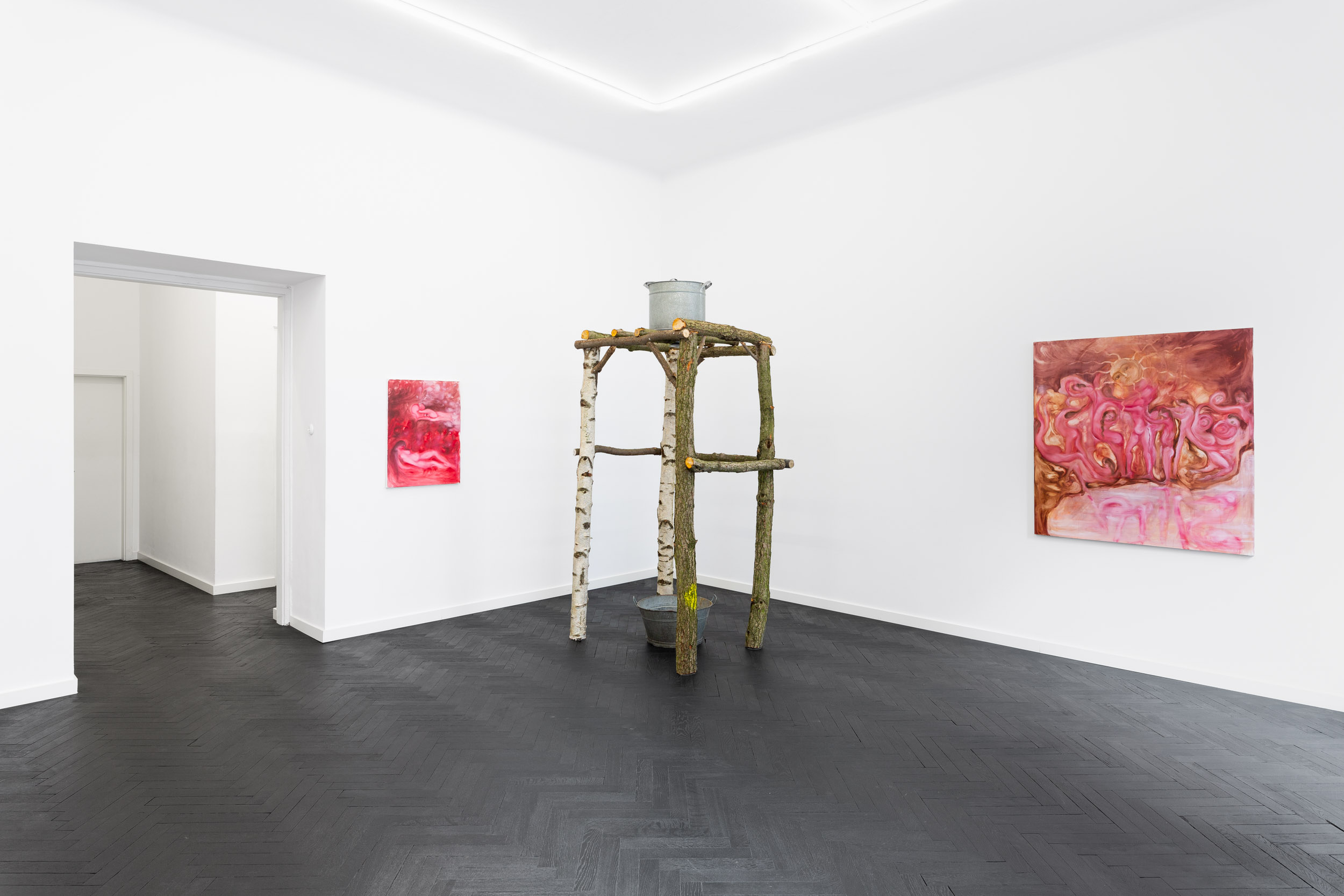
Giving the Distance your Gaze
by Svitlana Libet
Giving body to space
Giving distance one’s gaze
Giving the fear of the thicket to water
Giving boundaries to the common border
Giving future to imminence
Sana Shahmuradova Tanska, 2023
I am walking by the huts, through the village center towards a river. The wind is carrying the scent of water, and I am scarcely hearing its splatter accompanied by the leaves rustling on the sporadic trees. The reeds and sedges are quivering. I am sitting down on a bench overlooking the water and stroking the dog that had been following me and then settled down at my feet. I am staring at the landscape for some time, calming my impatience, my desire to greedily absorb everything around me with my eyes, to fill the space with my movement, and the water with myself. I throw a stone into the river and watch the circles spread out of it.
I imagined this route – from closing the gate outside the yard to throwing the stone – during a conversation with Sana Shahmuradova in her Kyiv apartment in May 2023. Sana was talking about the days she spent in her home village in the southwest of Ukraine. On the 24th of February 2022, after hours of hiding in the metro during russian attacks, Sana got into a car with friends and drove to her grandmother’s house in the village.
From Sana’s stories, I imagined the area around the village as an endless meadow, full of life: herons walking, frogs singing, and a wide river running swiftly nearby. Many things have changed, Sana told me during our talk in May. This is a land where only the landscape bears witness to past events.
In our conversation with Sana, we discuss the history and culture of the Ukrainian regions, the destructive policies of the Soviet Union, the state of society then and now, our place in it, and our own position. We discuss where our relatives are from, who speaks Ukrainian and why, and what methods we should use to decolonize, first of all, ourselves.
Sana’s village is located in Podillia, a historical and geographical region situated between the Pivdennyi Buh and the Dnister rivers. This fertile agricultural land, like most regions of Ukraine, suffered from the Soviet Union’s policies of collectivization and man-made famines from the 1920s to 1940s. In the post-war period, villages in this region became poorer both economically and culturally, mainly due to russification. Those who remained in the villages had to survive. People sold their property, switched to russian to work in the cities, and stopped speaking Ukrainian because there was no place to use it. Moreover, they could be labeled nationalists and imprisoned, as it happened to members of the dissident movement in Ukraine.
Now, says Sana, the time distance between past traumatic events and the present has suddenly disappeared. It is an intergenerational re-traumatization, she pauses and continues: It reminds of a circle that is not directly controlled by the person throwing the stone or the stone itself. This next circle is an echo of the first movement in the form of a generation born after the devastating Sovietization (especially, collectivization). They didn’t even think of anything being taken away or destroyed, and if these thoughts emerged, they were nipped in the bud by parents and educators because of the potential danger. So, there is only the landscape that could testify, but despite its efforts to tell something, it remains silent, and I wonder what exactly it’s silent about.
We are talking about borders, and Sana quotes a line from the Ukrainian contemporary poet and writer Oksana Zabuzhko: Don’t touch my circles – they don’t belong to you. She also tells me about a homemade summer shower she saw in her village: a wooden structure that is completely devoid of walls but creates a sense of security. The tacit agreement that exists between neighbors presupposes that no one will look into the yard.
The person inside the shower is noticeable, but at the same time, slips away from the gazes of others due to the boundaries created by themselves. This is an example of both the vulnerability and the greatness of a person in their home, where they feel safe.
The Catching Circles series presented at the exhibition resonates with me as I am faced with the constant need to restore my borders: both at the state level, while Ukraine has to constantly defend itself against russian aggression and maintain its integrity, and at the personal level – my space, my circles. The works capture certain states when your boundary narrows to your own body. Today, the landscape is burning around us, and fear steals the ability to think freely.
In one of her works, Sana quotes the Ukrainian poet and dissident Vasyl Stus, who died in a concentration camp in the Perm region in the 1980s:
Throwing a stone –
equal circles diverge.
These circles, like your boundaries, are your energy. You don’t know what the circle furthest from you will reach, Sana continues our conversation, and I see the river in front of me again. Now I am in it, watching the circles, formed by my body, spread across the water. I barely touch the water and the circles with my hand. In the poem, Vasyl Stus continues:
Catching circles –
then they match again,
forming the likeness
of a compressed spring.
Just like with history: a spring compresses and the past and future unite, merging in the palms of the present. Historically distant events suddenly become so close that it seems as if you are living through them again, and the idea of the future shapes the actions in the present.
I imagine myself coming out of the river. I am looking at the hole left in the water where I stood and the gradually disappearing circles. The final lines of Stus’s already quoted poem are as follows:
Throwing out the stone –
the hole blackens itself.
The memory of the events that have already passed and the people who lived here is also erased. I am looking at the landscape. This is how Tymko Padura, a Ukrainian-Polish poet who lived in Podillia in the 1820s, might have seen it. Sana tells me how she tried to tell the children in her village about the poet, whose songs became so popular that they are sometimes considered folk songs. We find the excerpt from one of his poems, which best conveys the distance to us at that moment:
Mirage or dream? Mirage or dream?
Time is not dust yet
Did not erase angelic past events from graves!
With mournful thoughts into the pleasing sound of waves
You look or plunge... or plunge...
You look or plunge... or plunge...
I am walking back to the village, leaving the river behind. The dog is walking beside me. I am picking up a dry branch to play with the dog on the way. The path I am walking on meanders like a snake ahead of me. I am stopping for a moment to look into the distance. I can feel my vulnerability merging with the vulnerability of the space around me, as we become a single – and for a moment, infinite – whole. The dog is barking at me, and I am continuing on my way.
Translation: Yustyna Kravchuk
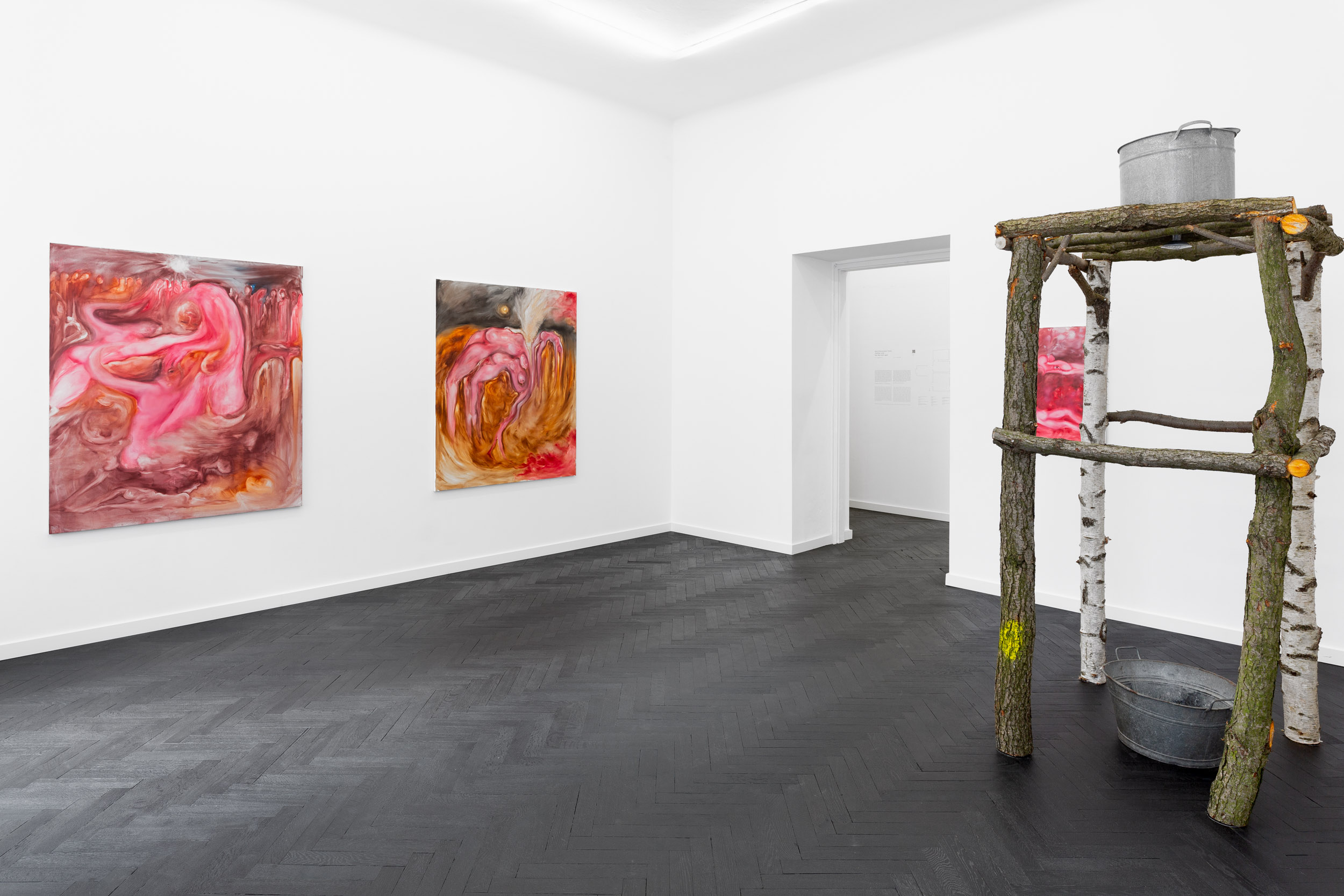
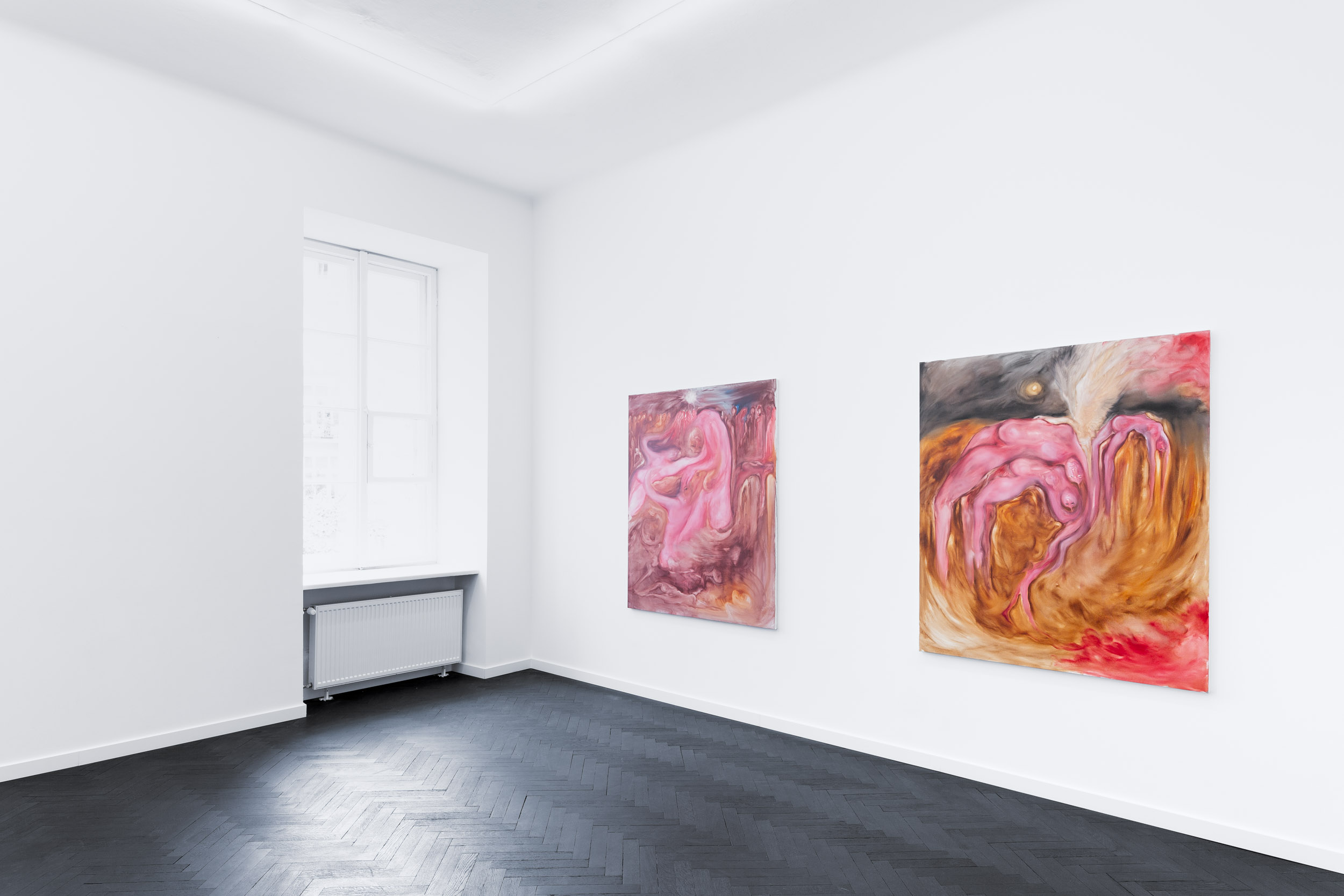


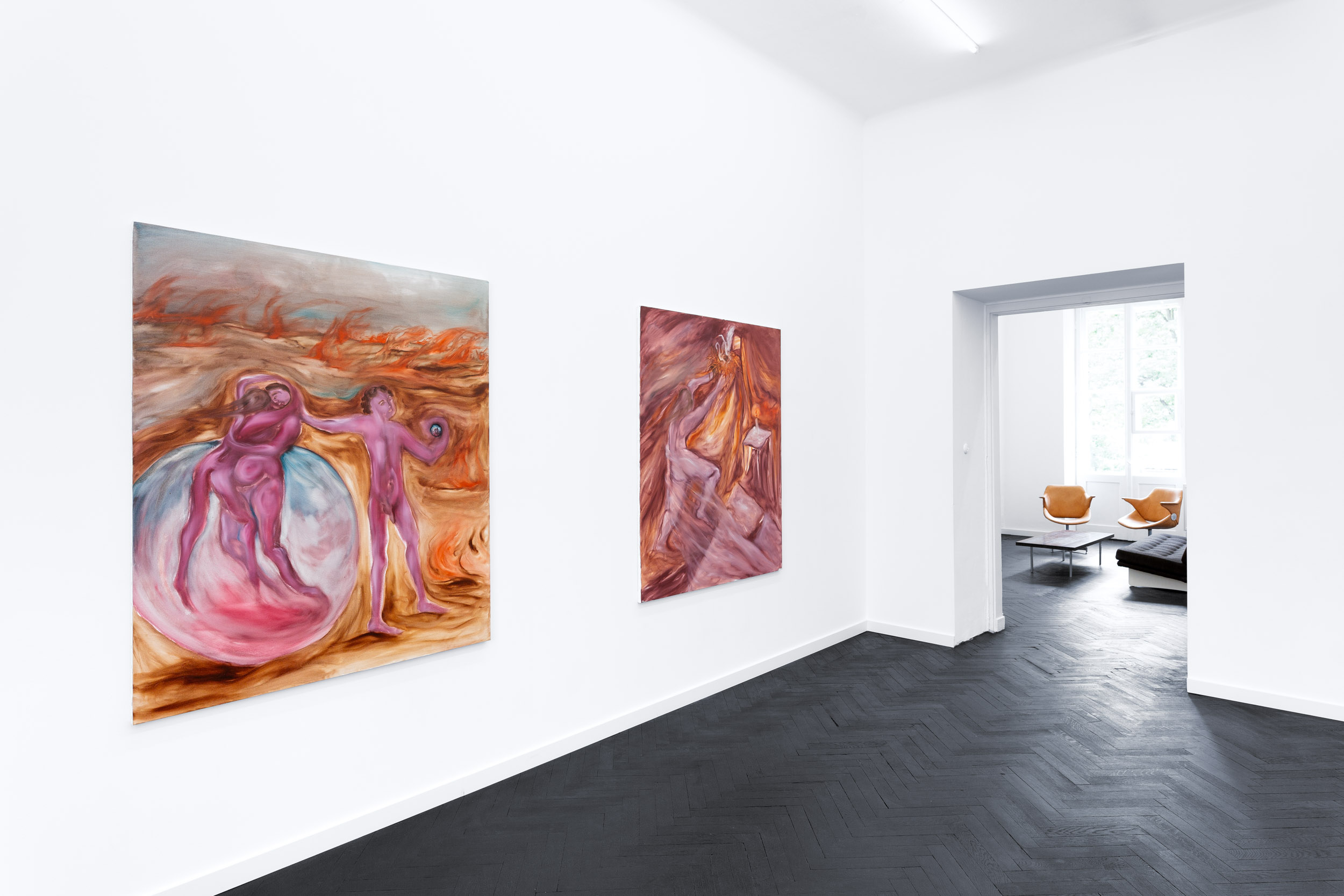


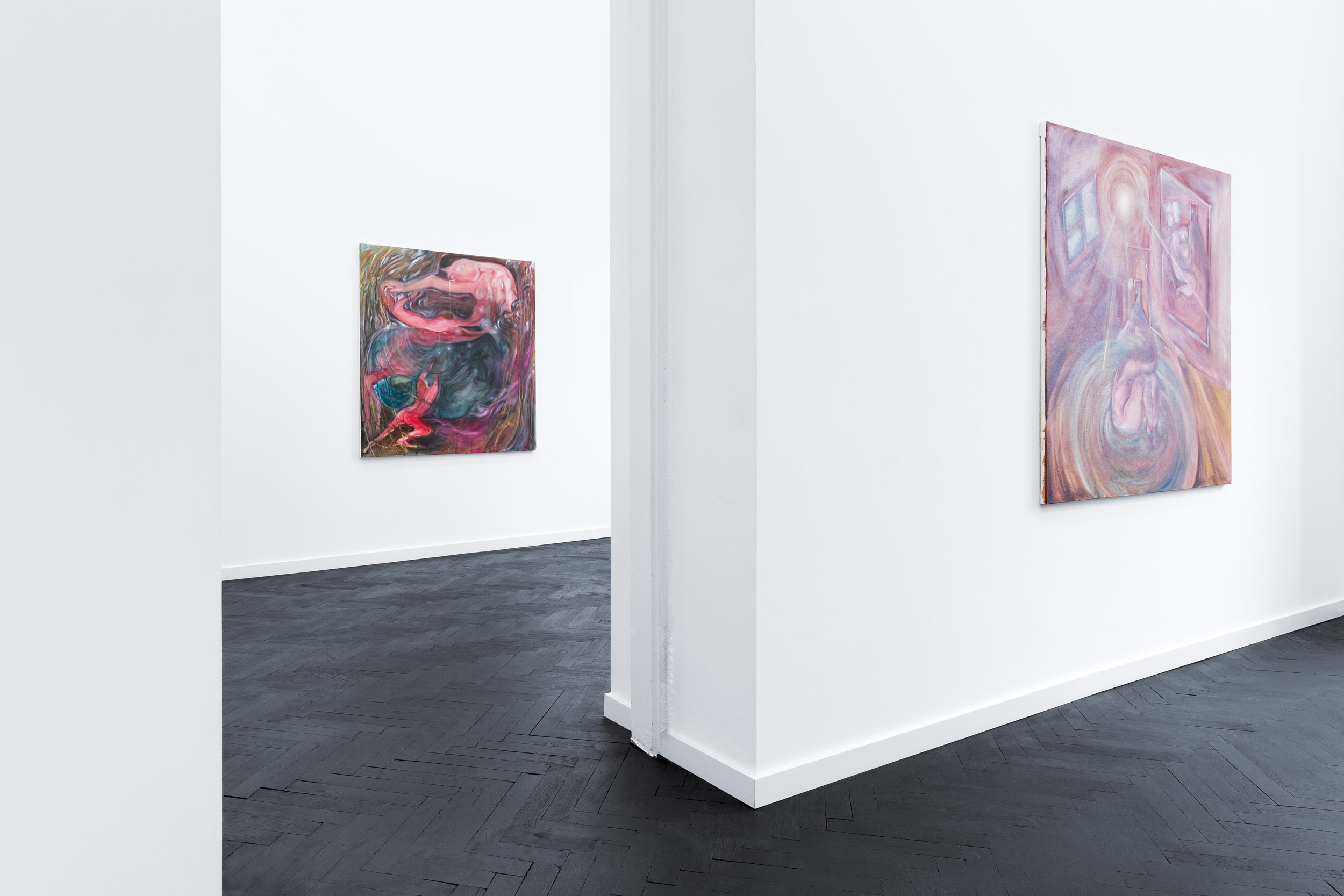
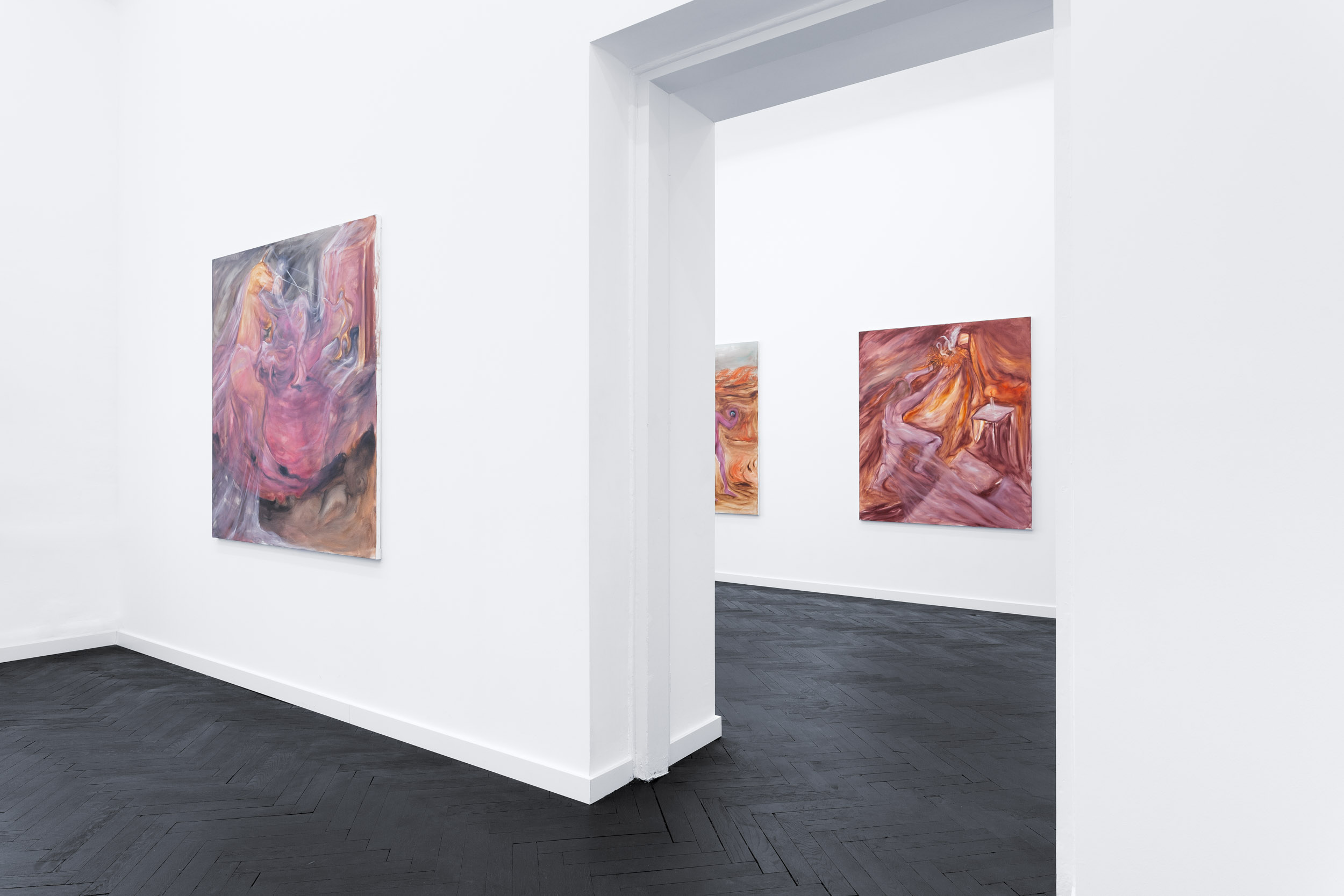
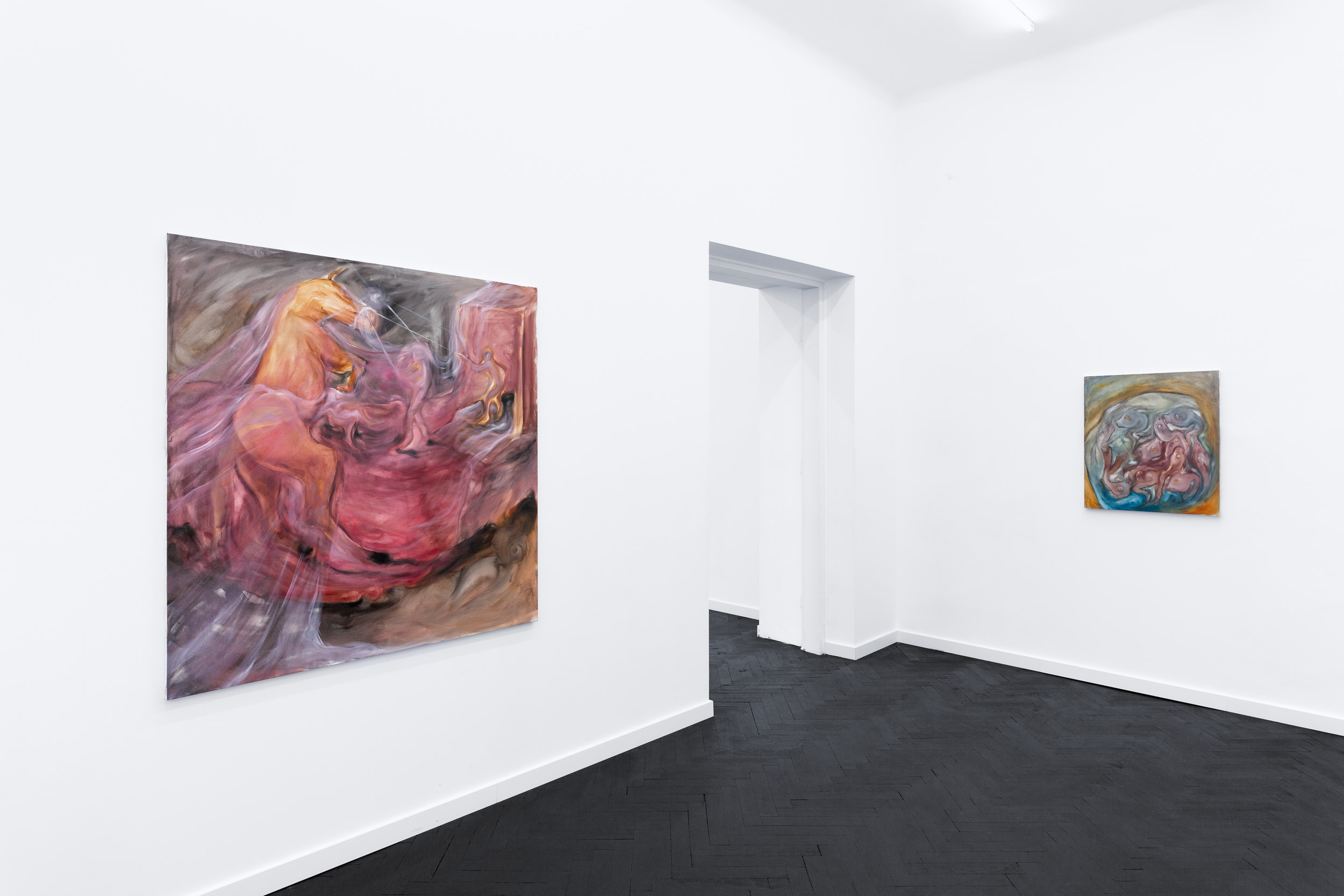
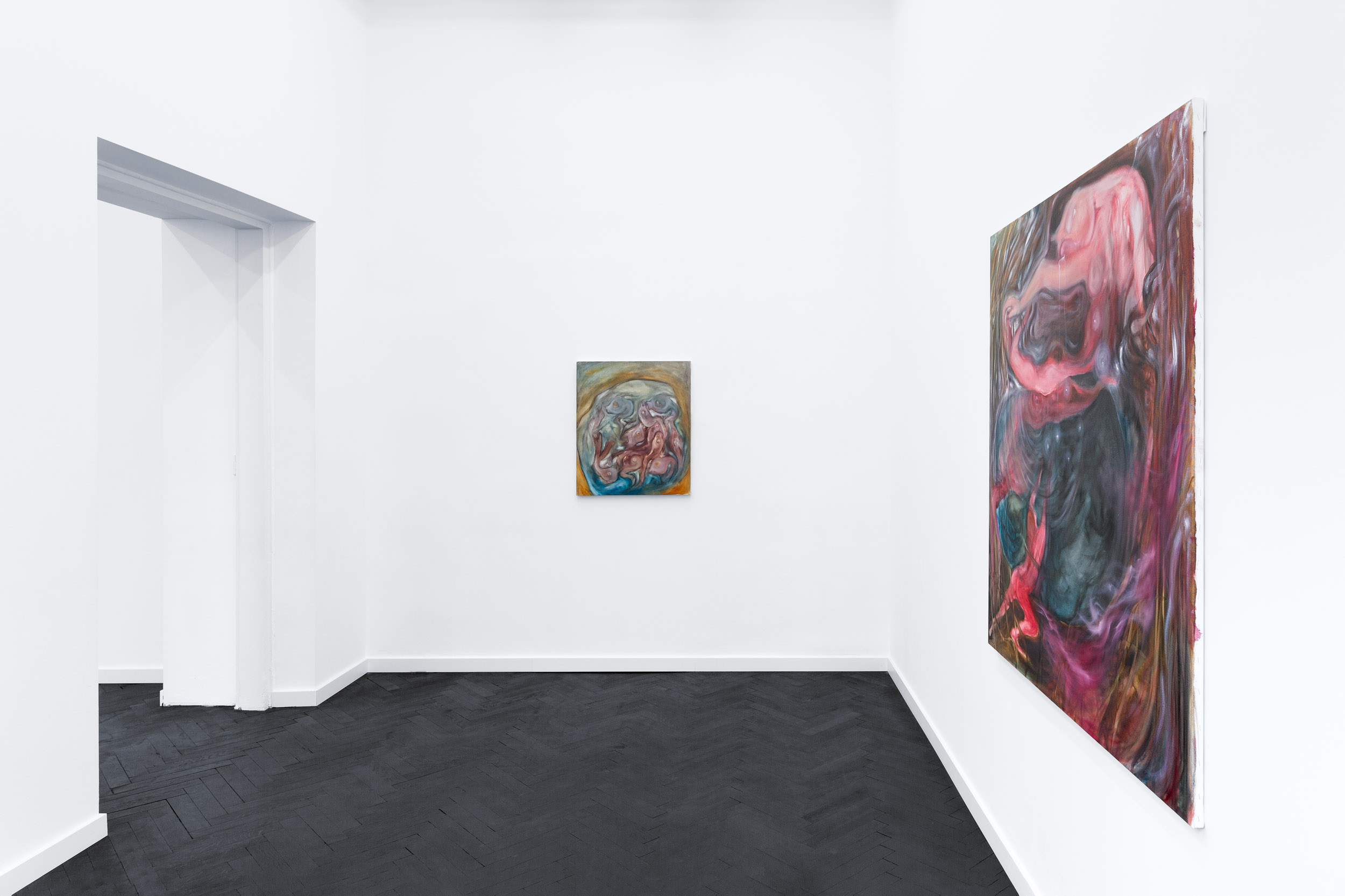
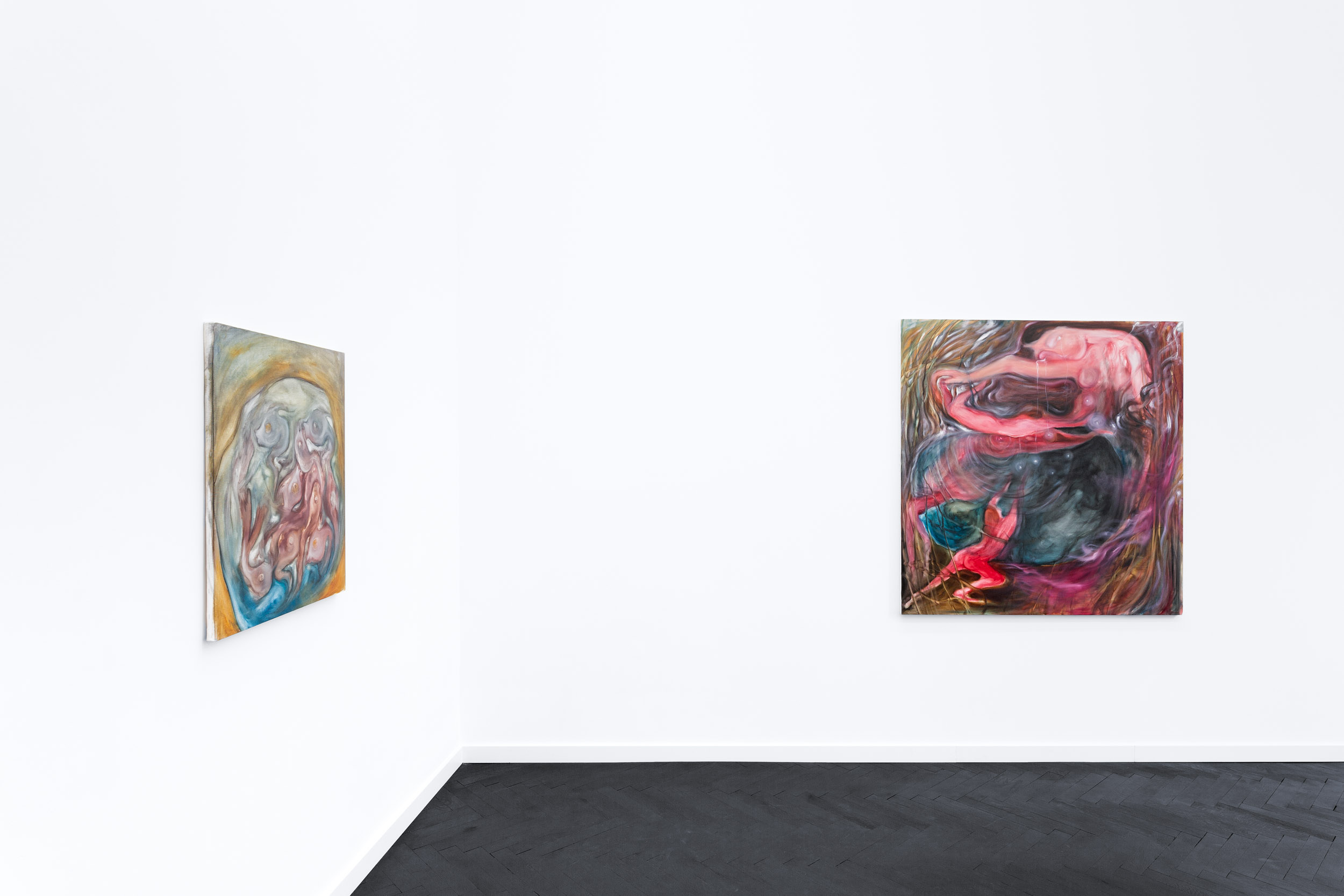
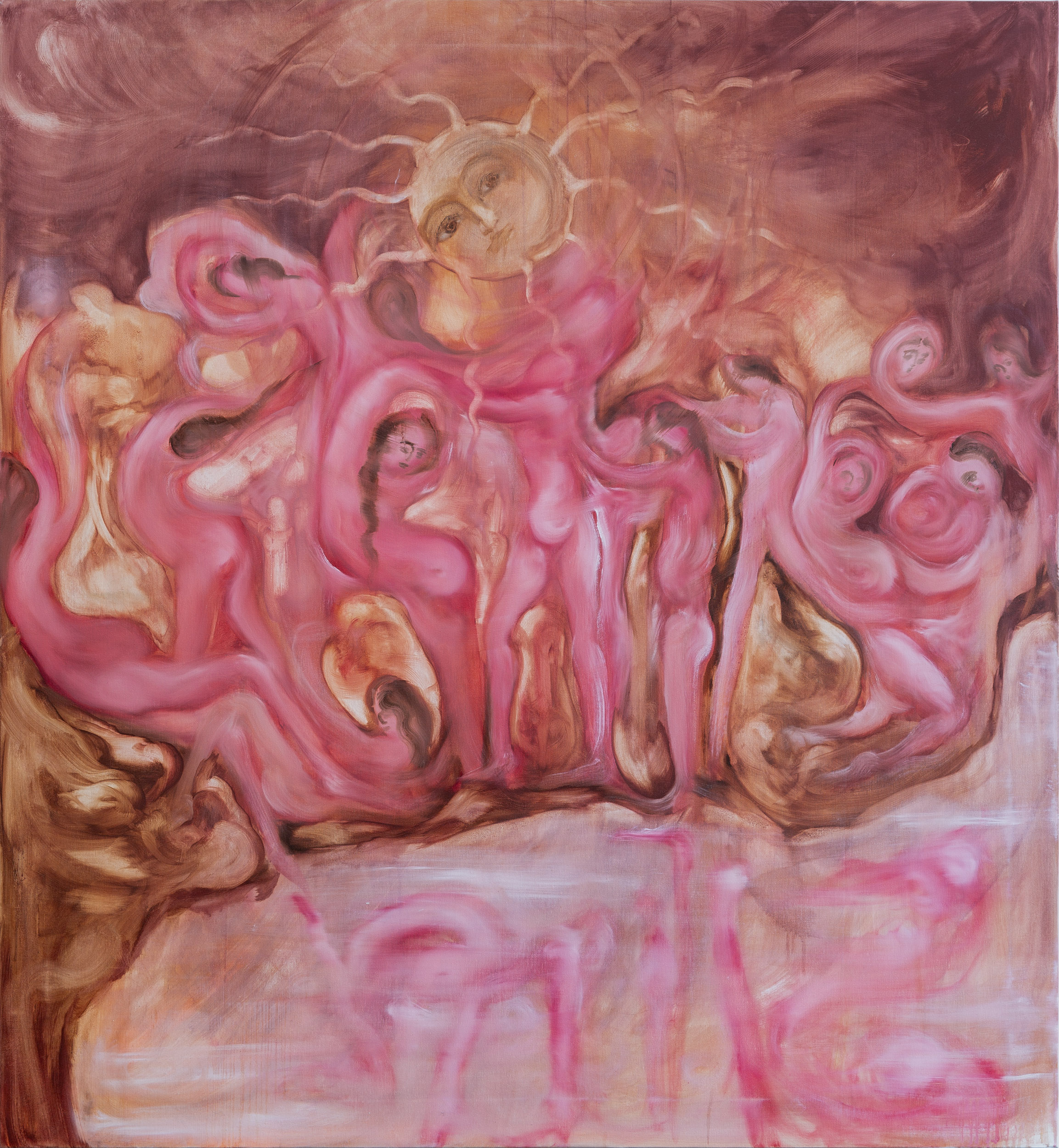
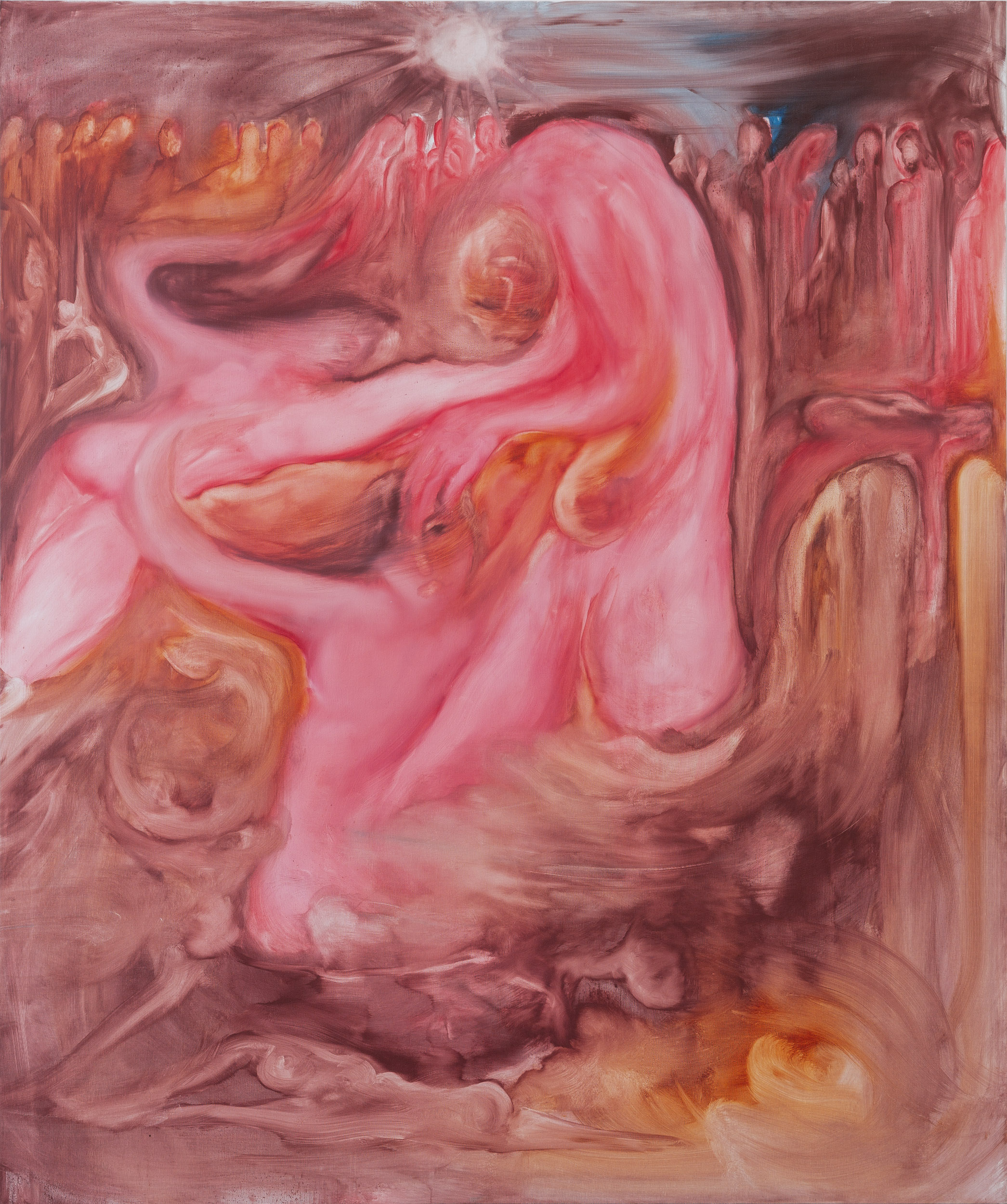
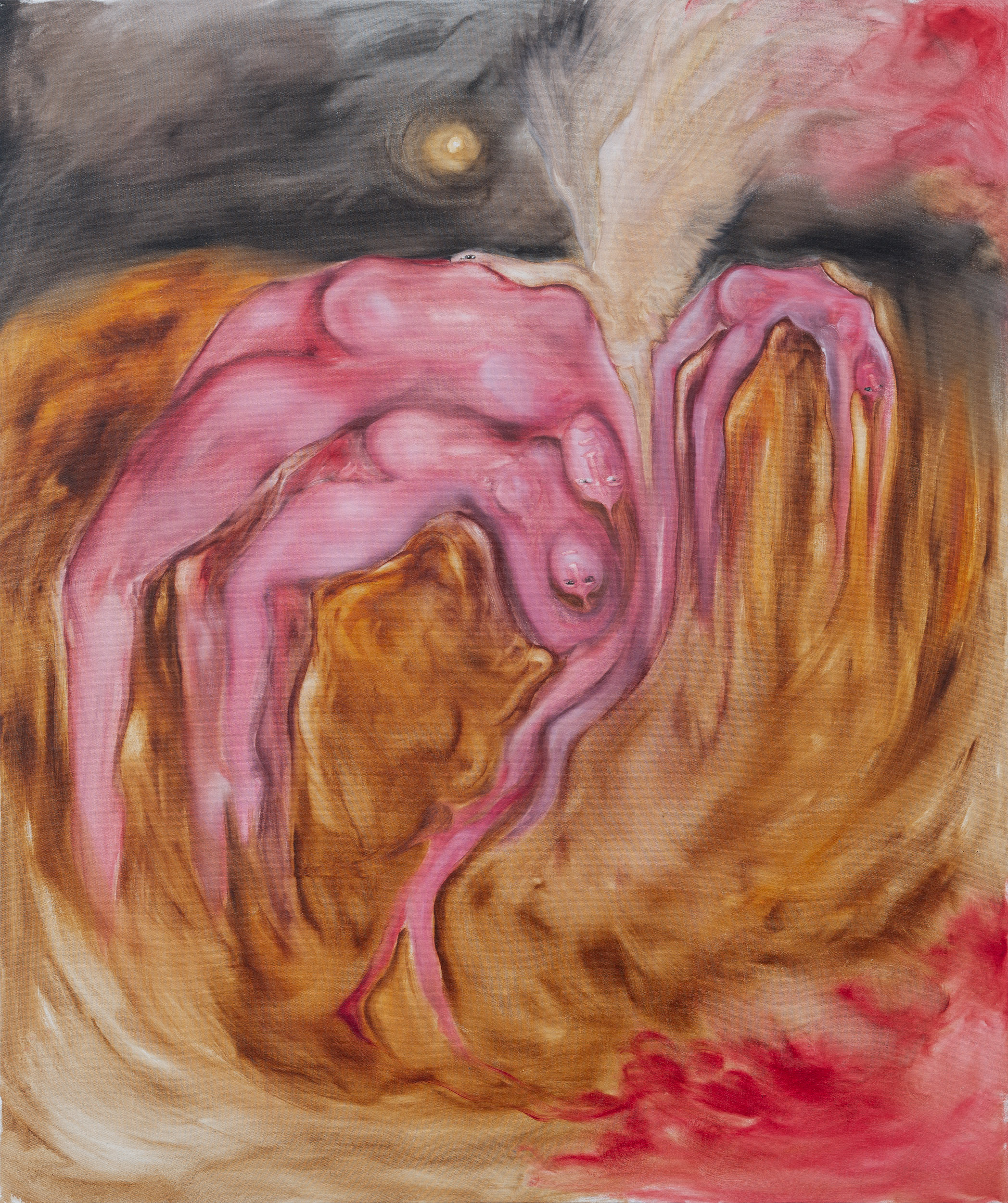

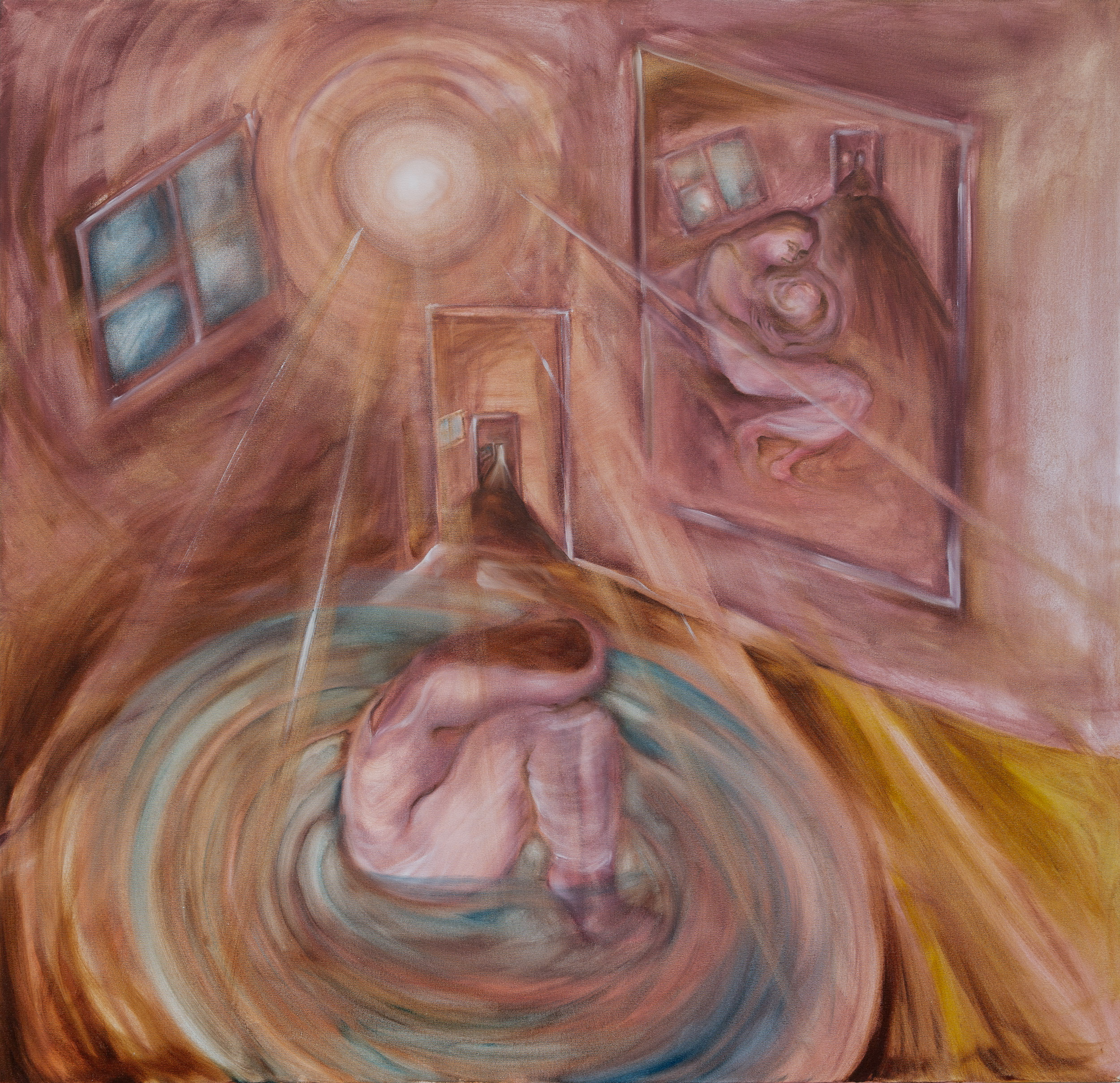
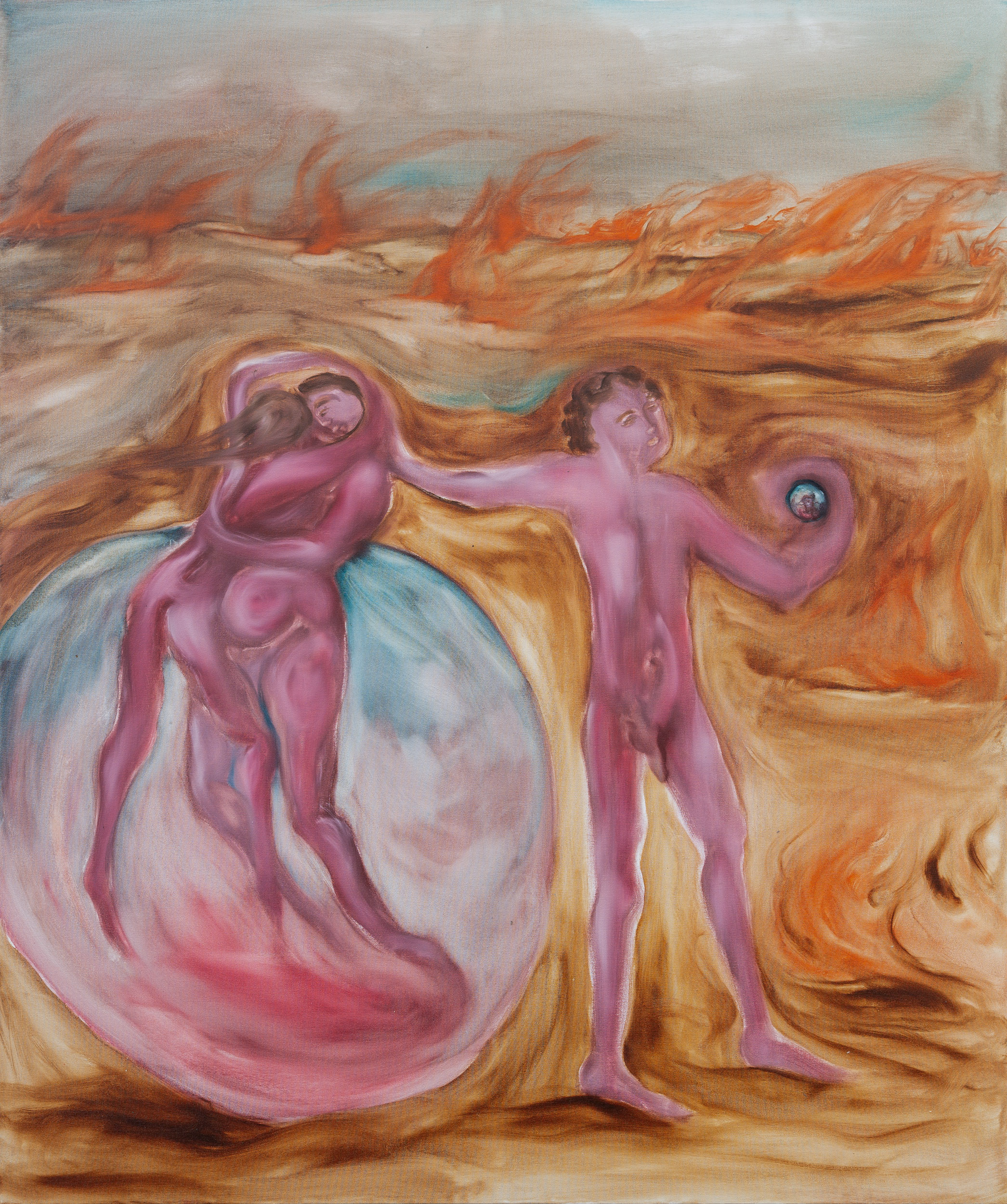

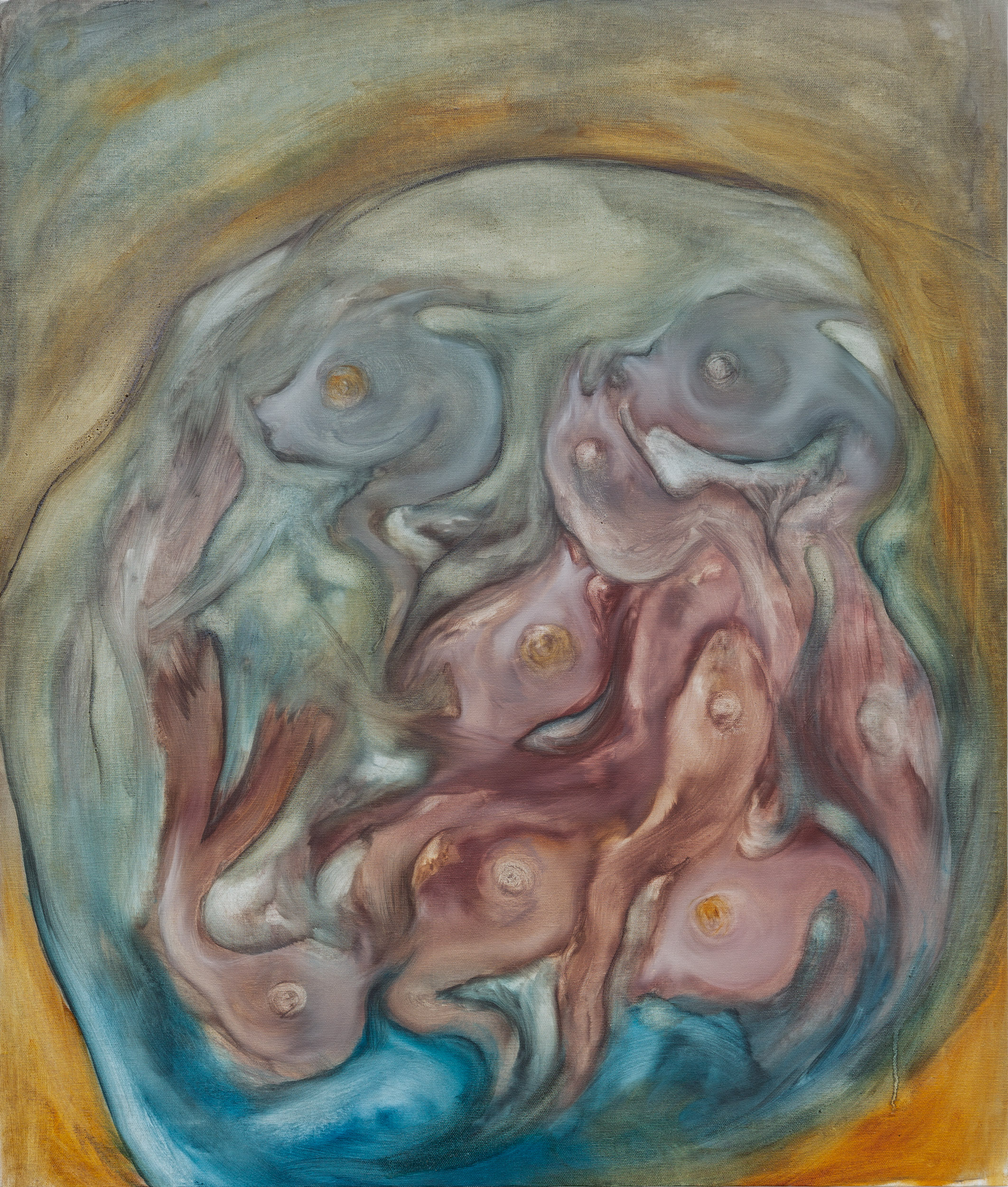
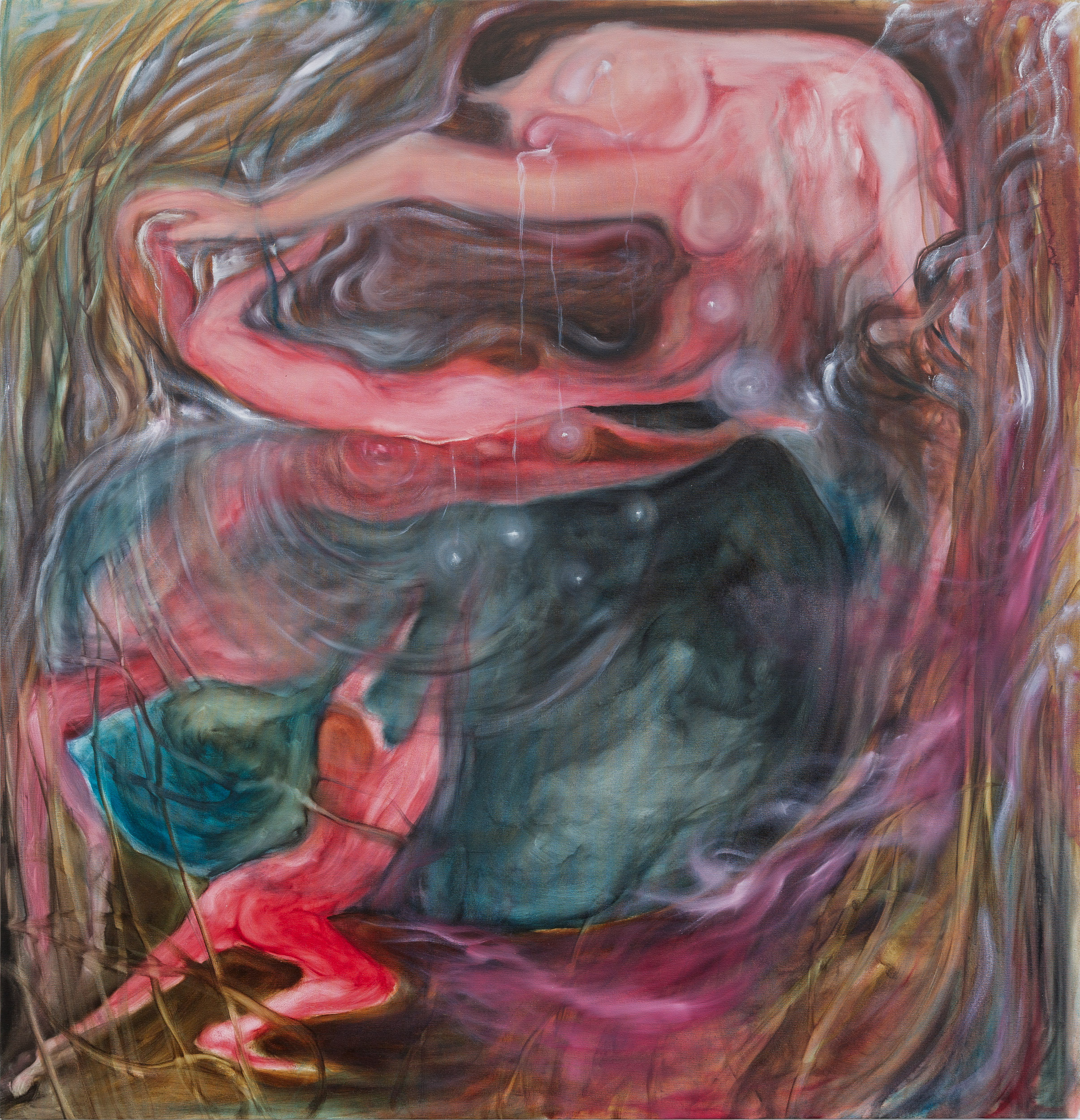
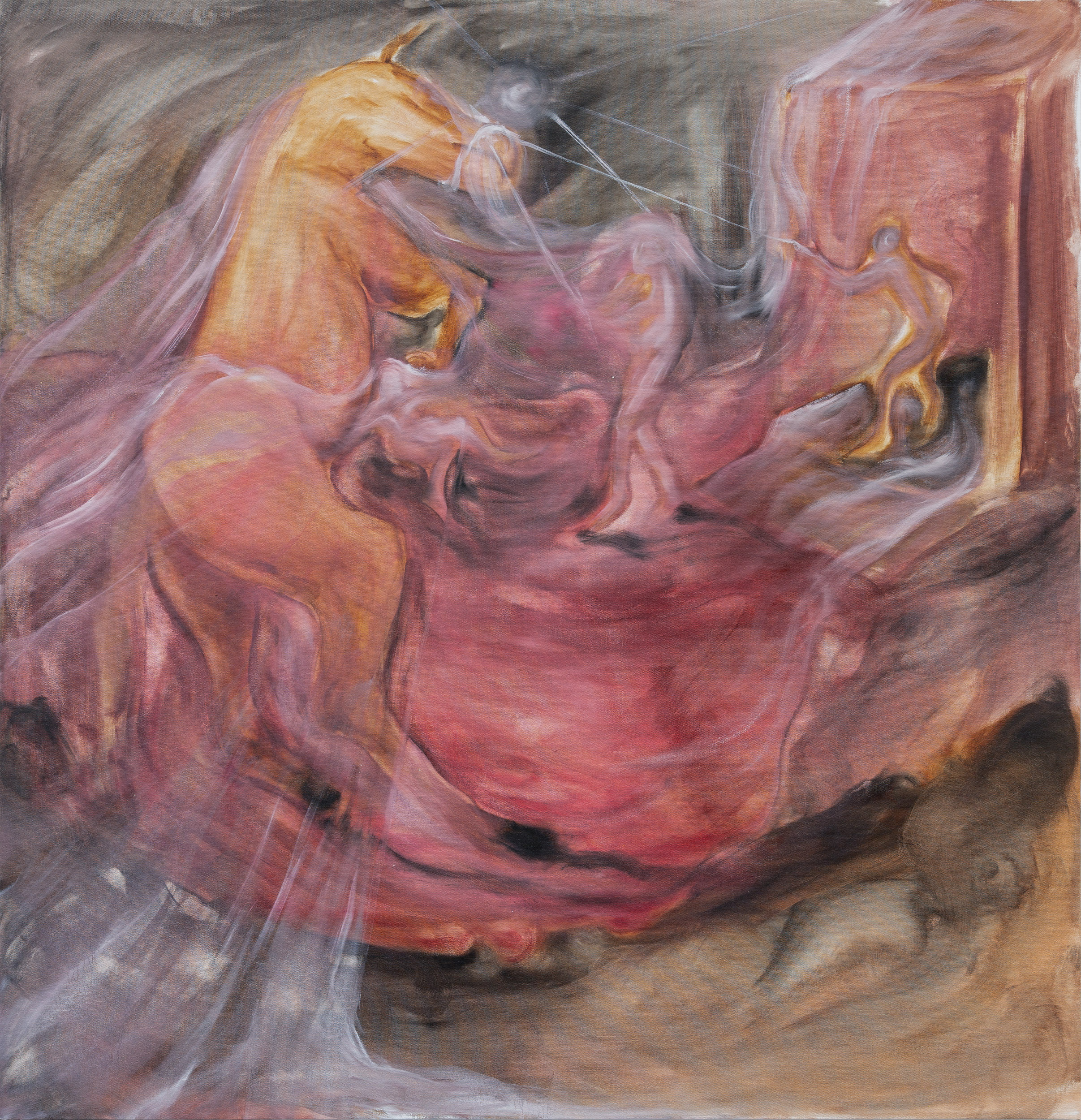
Special thanks: Sebastian Cichocki, Taras Gembik, Diana Kułakowska, Natalia Sielewicz, Iza Tarasewicz, Eden Bistro, HOP Chmielna / Syrena Real Estate, Black Sea, Southern Buh
Restorative cooperation: Diana Kułakowska